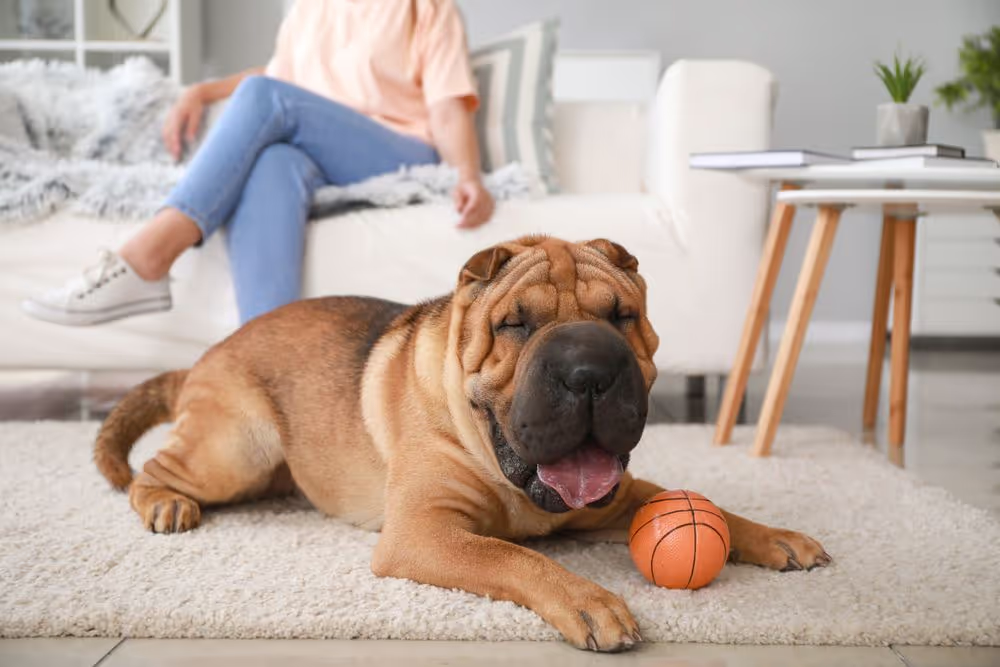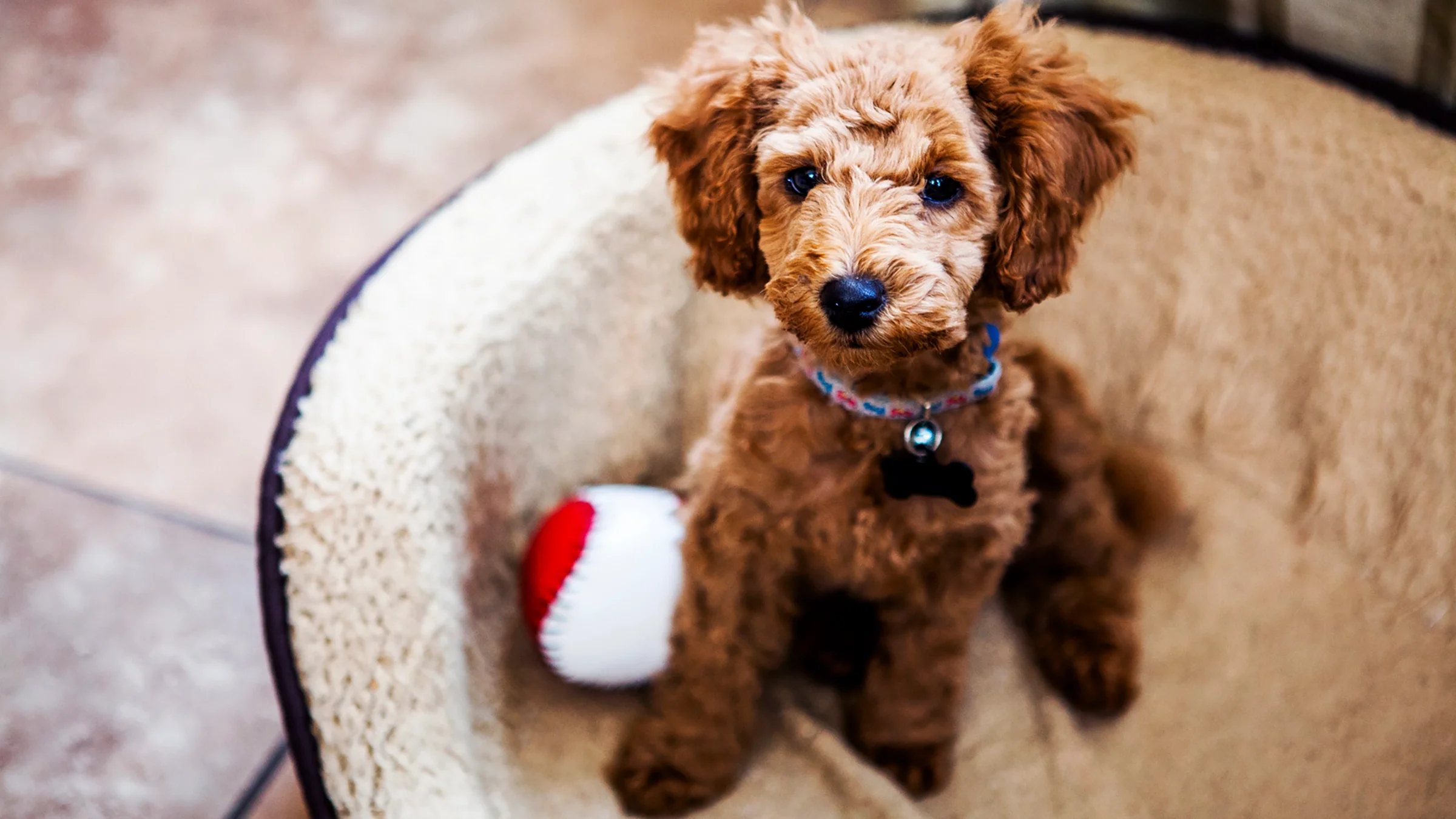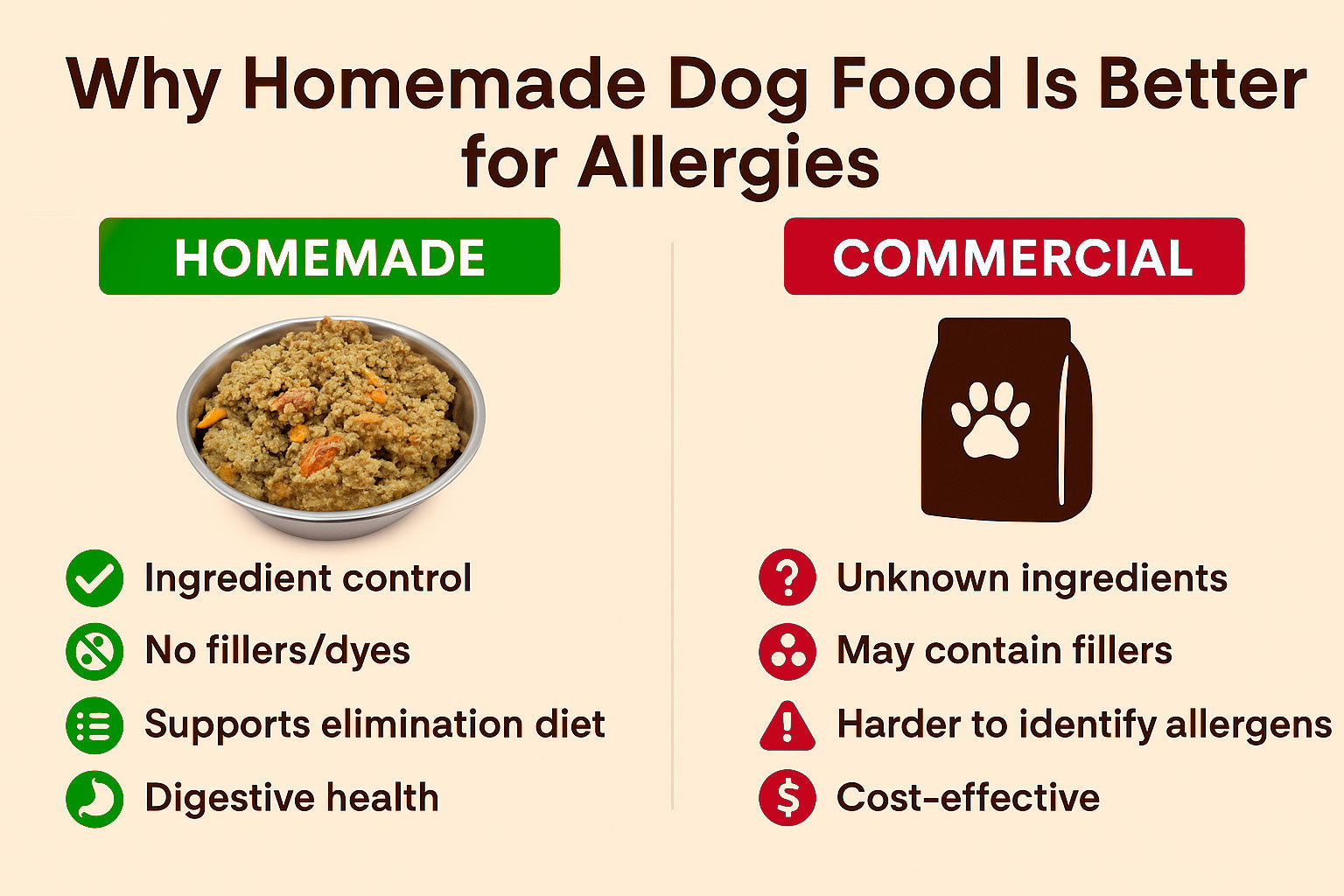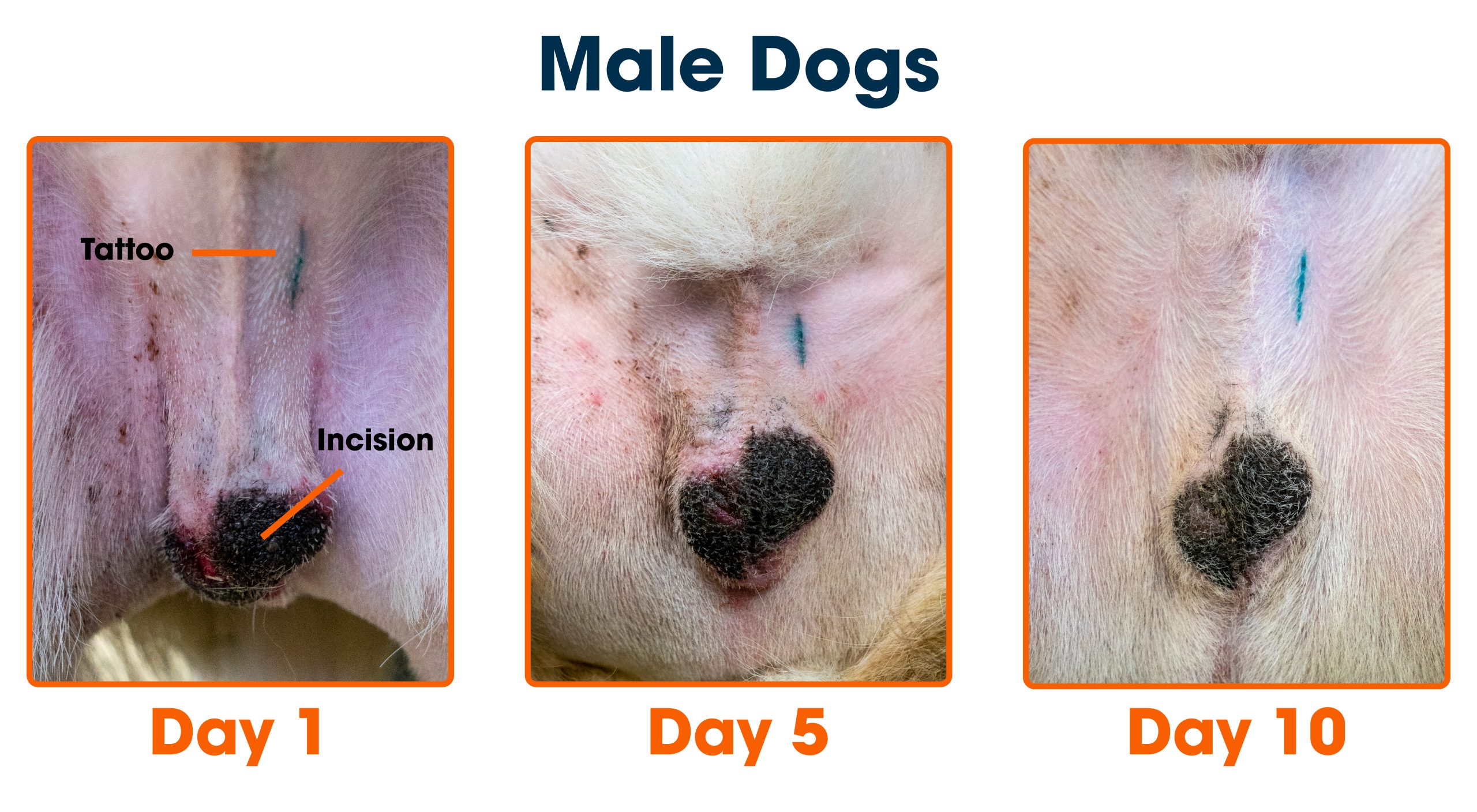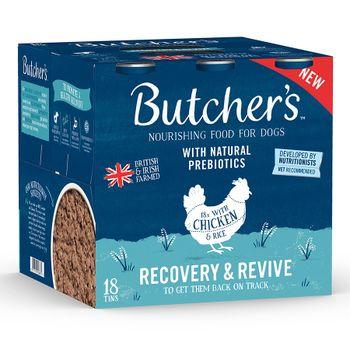Are you tired of sneezing and itchy eyes every time you’re around dogs? You might have heard that hypoallergenic dogs are the perfect solution because they produce less dander.
But is that really true? Understanding whether hypoallergenic dogs truly have less dander can change how you choose your next furry friend—and protect your health at the same time. Keep reading to discover the facts and find out what really makes a dog hypoallergenic.
This information could make all the difference for you and your family.
What Is Dog Dander
Dog dander is made of tiny skin flakes that dogs shed. These flakes are so small that you cannot see them easily.
Dander can float in the air and stick to surfaces in your home. It can cause allergies in some people.
Sources Of Dander
Dander comes mainly from a dog’s skin. Dogs shed skin cells as they grow and renew their skin.
Other sources include dog saliva and urine. These fluids contain proteins that can cause allergic reactions.
- Shed skin flakes
- Saliva
- Urine
- Hair coated with skin flakes
Impact On Allergies
Dander is a common cause of allergies in people who are sensitive to dogs. It triggers sneezing, itching, and watery eyes.
Hypoallergenic dogs are said to produce less dander, but no dog is completely free of it. Allergy symptoms vary by person.

Credit: www.nylabone.com
Traits Of Hypoallergenic Dogs
Hypoallergenic dogs are often chosen by people with allergies. These dogs produce fewer allergens.
One common question is if hypoallergenic dogs have less dander. Dander is tiny skin flakes that cause allergies.
Breed Characteristics
Hypoallergenic breeds tend to have special traits. They usually shed less and produce less dander.
Many hypoallergenic dogs are small to medium in size. They have hair that grows continuously instead of fur that sheds.
- Poodles are smart and have curly hair that traps dander.
- Bichon Frises have soft, curly coats and low shedding.
- Schnauzers have wiry hair that holds dander tightly.
- Portuguese Water Dogs have dense, curly coats.
Coat Types And Shedding
Coat type affects how much dander a dog releases. Curly or wiry coats hold dander better than straight fur.
Dogs that shed less usually spread fewer allergens around. This makes them better for allergy sufferers.
- Curly coats need regular grooming to stop matting.
- Wiry coats shed little but can feel rough.
- Straight coats shed more and release more dander.
- Some breeds have hair that grows like human hair.
Dander Levels In Hypoallergenic Breeds
Many people choose hypoallergenic dog breeds to reduce allergies. These breeds are thought to produce less dander. Dander is tiny skin flakes that cause allergic reactions.
This article looks at how much dander hypoallergenic dogs have. We explore scientific studies and compare common dog breeds.
Scientific Studies On Dander
Researchers have studied dander levels in different dog breeds. They use tests to measure allergen proteins in the air and on dogs.
One study found that hypoallergenic breeds often shed less hair and skin flakes. This lowers the amount of dander in the environment. Still, some hypoallergenic dogs can produce allergens too.
- Hypoallergenic breeds show less allergen protein on fur
- Dander levels vary even within the same breed
- Regular grooming can reduce dander and allergens
Comparing Common Breeds
Common hypoallergenic breeds include Poodles, Bichon Frises, and Maltese. Common non-hypoallergenic breeds are Labradors and German Shepherds.
Studies compare these breeds by measuring dander and allergen levels. Hypoallergenic dogs usually have lower dander but not zero. Some non-hypoallergenic dogs may cause fewer allergies in some people.
| Breed | Dander Level | Allergen Protein |
|---|---|---|
| Poodle (Hypoallergenic) | Low | Low |
| Bichon Frise (Hypoallergenic) | Low | Low |
| Labrador Retriever | High | High |
| German Shepherd | High | High |
Credit: www.pets4homes.co.uk
Factors Influencing Dander Production
Dander is tiny skin flakes that dogs shed. It can cause allergies in some people.
Many think hypoallergenic dogs produce less dander. But many factors affect dander levels.
Diet And Health
A dog’s diet affects its skin health. Healthy skin means less dander shedding.
Poor nutrition can cause dry skin. Dry skin leads to more flakes and dander.
- Omega-3 fatty acids improve skin condition
- Hydration helps keep skin moist
- Vitamins and minerals support skin repair
- Illness can increase dander production
Grooming Practices
Regular grooming reduces loose skin flakes. It lowers the amount of dander in the home.
Bathing removes dirt and dead skin. Brushing spreads natural oils that protect skin.
- Bath dogs with mild, dog-friendly shampoo
- Brush dogs often to remove loose flakes
- Trim hair to reduce shedding
- Keep ears and paws clean to avoid skin issues
Managing Allergies With Hypoallergenic Dogs
Many people think hypoallergenic dogs have less dander. Dander is tiny skin flakes that can cause allergies.
Hypoallergenic dogs shed less fur and dander. This helps some allergy sufferers feel better around dogs.
Cleaning Tips
Regular cleaning reduces dander and allergens at home. This helps manage allergy symptoms effectively.
Vacuum floors and furniture often. Use a vacuum with a HEPA filter to trap tiny particles.
- Wash dog bedding weekly
- Clean hard floors with a damp mop
- Wipe pet’s fur with a damp cloth
- Keep pet grooming tools clean
Air Quality Improvements
Good air quality lowers allergens inside your home. This helps allergy sufferers breathe easier.
Use air purifiers with HEPA filters. Keep windows open when weather allows for fresh air.
- Change HVAC filters regularly
- Avoid smoking indoors
- Control humidity to reduce mold
- Place air purifiers in common rooms
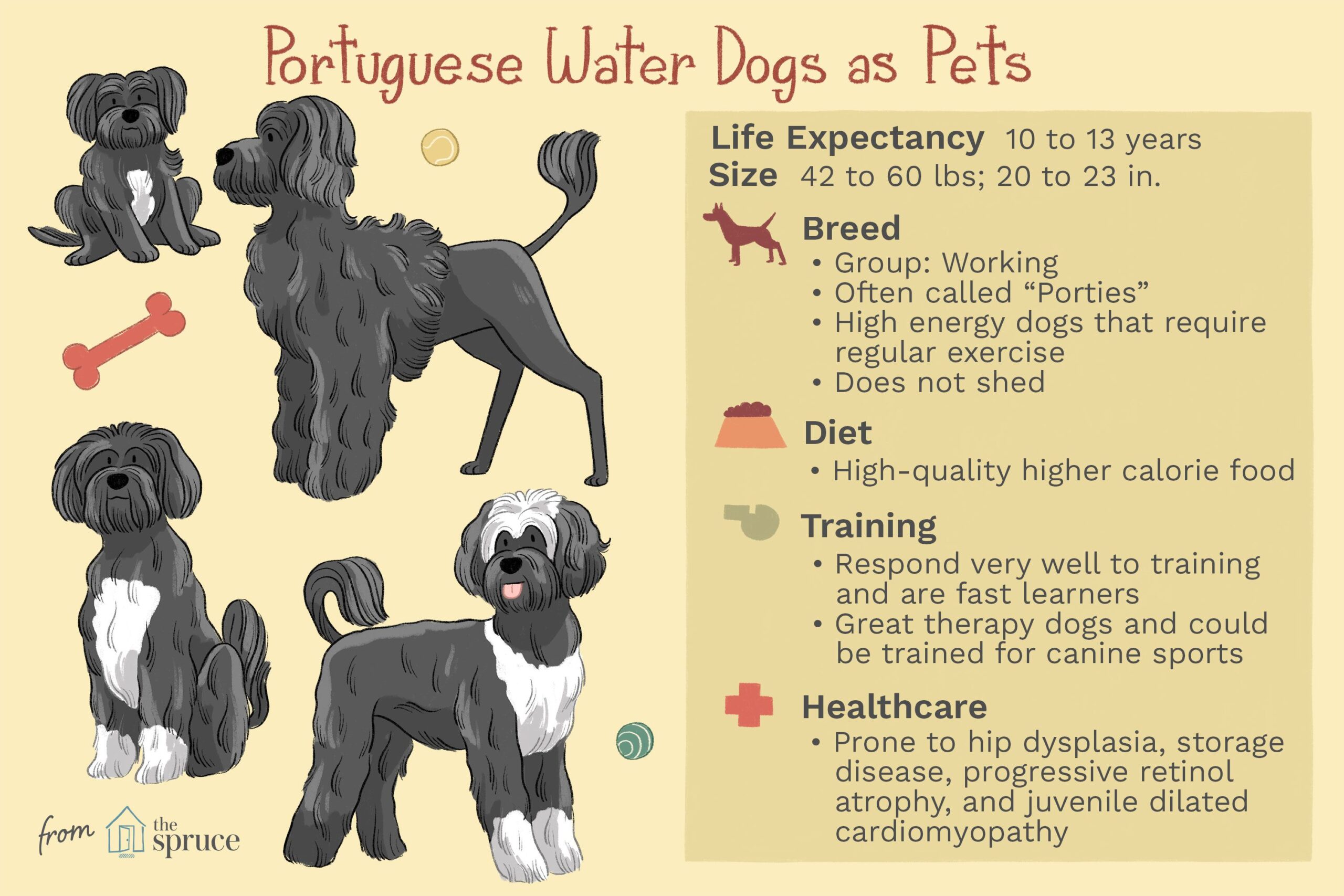
Credit: suburban-k9.com
Myths About Hypoallergenic Dogs
Many people believe hypoallergenic dogs have less dander. This idea is common but not always true. Understanding the facts helps allergy sufferers choose better pets.
This topic clears up myths about dog dander and allergies. It explains what causes allergies beyond dander too.
Misconceptions About Dander
Dander is tiny skin flakes that dogs shed. Some think hypoallergenic dogs shed less dander. Actually, all dogs produce dander. The amount varies by individual, not breed.
Hypoallergenic dogs may shed less hair or have hair instead of fur. This can reduce visible flakes but does not mean zero dander. Allergy reactions depend on exposure to dander and proteins in saliva and urine.
Allergy Triggers Beyond Dander
Dander is not the only cause of dog allergies. Proteins in dog saliva and urine also trigger allergies. When dogs lick themselves, these proteins spread on their fur and skin.
Other allergy triggers include dust and pollen carried by dogs. Cleaning and grooming help reduce allergens. Choosing a hypoallergenic dog does not guarantee no allergies.
- Dog saliva contains allergenic proteins
- Urine proteins cause allergic reactions
- Environmental allergens attach to dog fur
- Regular cleaning lowers allergen levels
Frequently Asked Questions
Do Hypoallergenic Dogs Produce Less Dander?
Yes, hypoallergenic dogs generally produce less dander. Their coat type reduces the amount of skin flakes released. This makes them better suited for allergy sufferers. However, no dog is completely dander-free.
How Does Dander Affect Dog Allergies?
Dander contains tiny skin flakes that trigger allergic reactions. It carries proteins that cause symptoms like sneezing and itching. Managing dander exposure helps reduce allergy discomfort. Hypoallergenic dogs typically shed less dander.
Are All Hypoallergenic Breeds Low In Dander?
Not all hypoallergenic breeds have equally low dander levels. Coat texture and grooming habits influence dander production. Some breeds are better suited for allergies than others. Researching specific breeds helps find the best match.
Can Regular Grooming Reduce Dog Dander?
Yes, regular grooming significantly reduces dog dander. Bathing and brushing remove loose skin flakes and hair. This lowers airborne allergens in your home. Frequent grooming is essential for allergy management with any dog.
Conclusion
Hypoallergenic dogs can help reduce dander. They aren’t completely dander-free, though. Regular grooming and cleaning are essential. This helps maintain a healthier home environment. Choosing the right dog is crucial for allergy sufferers. Personal research and consultations with professionals are advisable.
Some breeds may suit specific needs better. Always consider lifestyle and preferences. Also, spend time with different breeds. See which suits you best. Owning a hypoallergenic dog offers many joys. But it requires commitment and care. With effort, you can enjoy a furry companion while managing allergies effectively.

